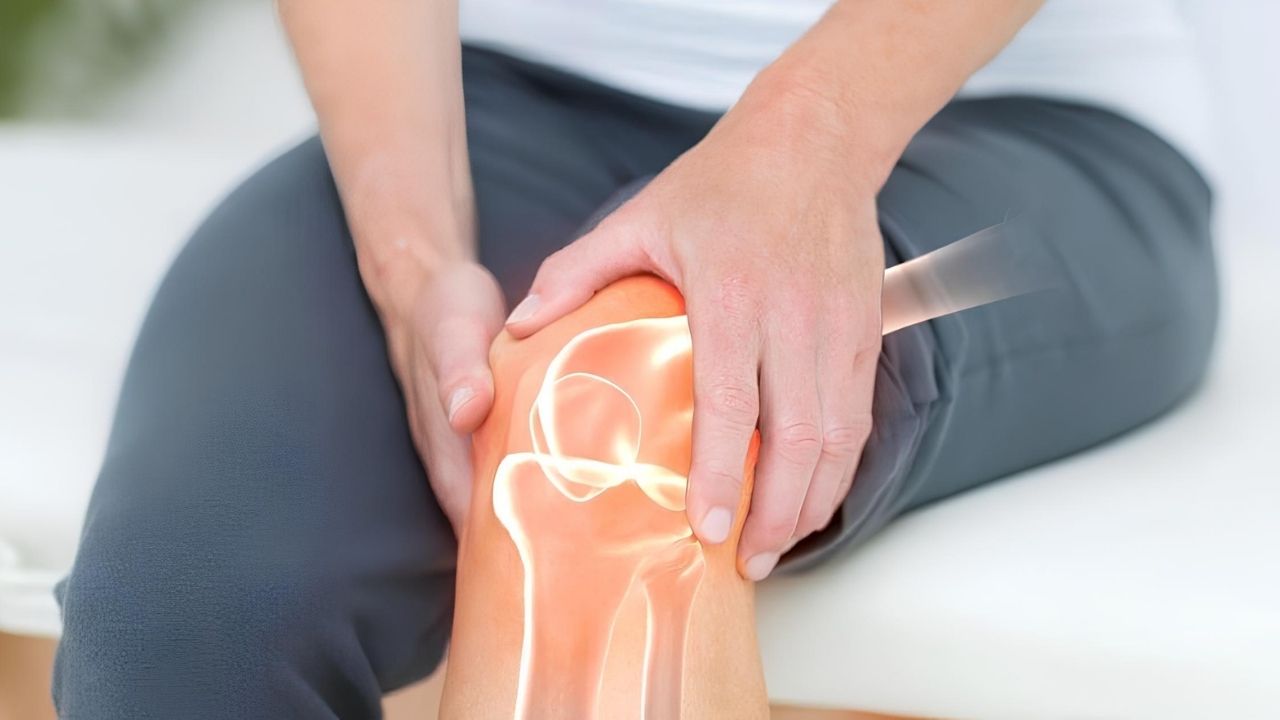
What is Bruck Syndrome? Bruck Syndrome is a rare genetic disorder that affects bones and joints. Characterized by brittle bones and joint contractures, this condition often leads to frequent fractures and limited mobility. Caused by mutations in specific genes, it disrupts the normal development of collagen, a crucial protein for bone strength. Symptoms usually appear early in life, making daily activities challenging for those affected. Diagnosis involves genetic testing and clinical evaluation, while treatment focuses on managing symptoms and improving quality of life. Understanding Bruck Syndrome is essential for early intervention and support for individuals and families dealing with this condition.
Key Takeaways:
- Bruck Syndrome is a rare genetic disorder causing fragile bones and stiff joints. It's diagnosed through genetic testing and X-rays, and managed with physical therapy, medication, and surgery.
- Living with Bruck Syndrome requires support and adjustments, including assistive devices, regular check-ups, and emotional support. Ongoing research aims to find better treatments and possibly a cure.
What is Bruck Syndrome?
Bruck Syndrome is a rare genetic disorder that affects bones and joints. It causes bones to be fragile and joints to be stiff. Here are some interesting facts about this condition.
-
Bruck Syndrome is named after Dr. Bruck, who first described it in 1897.
-
It is a form of osteogenesis imperfecta, which is also known as brittle bone disease.
-
The syndrome is caused by mutations in specific genes, such as FKBP10 or PLOD2.
Symptoms of Bruck Syndrome
Understanding the symptoms can help in early diagnosis and management. Here are some key symptoms associated with Bruck Syndrome.
-
Individuals with Bruck Syndrome often experience frequent bone fractures.
-
Joint contractures, which are permanent shortening of muscles or tendons around joints, are common.
-
Scoliosis, a condition where the spine curves sideways, can also occur.
Diagnosis of Bruck Syndrome
Diagnosing Bruck Syndrome involves several steps. Here’s what you need to know about the diagnostic process.
-
Genetic testing is crucial for confirming the diagnosis.
-
X-rays can reveal bone abnormalities typical of Bruck Syndrome.
-
A physical examination can help identify joint contractures and other physical signs.
Treatment Options
While there is no cure, various treatments can help manage the symptoms. Here are some treatment options.
-
Physical therapy can improve joint mobility and muscle strength.
-
Bisphosphonates, a type of medication, can help strengthen bones.
-
Surgery may be necessary to correct bone deformities or severe scoliosis.
Living with Bruck Syndrome
Living with this condition requires adjustments and support. Here are some facts about daily life with Bruck Syndrome.
-
Assistive devices like wheelchairs or braces can aid mobility.
-
Regular medical check-ups are essential for monitoring bone health.
-
Emotional support from family and friends is crucial for mental well-being.
Genetic Aspects
The genetic basis of Bruck Syndrome is complex. Here’s what you need to know about its genetic aspects.
-
It is inherited in an autosomal recessive manner, meaning both parents must carry the gene mutation.
-
Genetic counseling can help families understand their risks.
-
Prenatal testing is available for families with a history of Bruck Syndrome.
Research and Future Directions
Ongoing research aims to find better treatments and possibly a cure. Here are some exciting developments.
-
Scientists are exploring gene therapy as a potential treatment.
-
New medications are being tested to improve bone density and reduce fractures.
-
Research into the molecular mechanisms of Bruck Syndrome could lead to new insights.
-
Patient registries and clinical trials are crucial for advancing our understanding of the condition.
Final Thoughts on Bruck Syndrome
Bruck Syndrome, a rare genetic disorder, affects bones and joints, leading to fractures and joint contractures. Understanding its causes, symptoms, and treatments can help those affected manage their condition better. Genetic mutations in the FKBP10 or PLOD2 genes are the culprits behind this syndrome. Early diagnosis and intervention, including physical therapy and sometimes surgery, can improve quality of life.
Raising awareness about Bruck Syndrome is crucial for early detection and support for affected individuals. While there's no cure, advancements in medical research offer hope for better management strategies. If you or someone you know shows symptoms, consulting a healthcare professional is essential.
Stay informed, support research, and spread the word to help those living with Bruck Syndrome lead healthier, more fulfilling lives. Knowledge and compassion can make a significant difference.
Frequently Asked Questions
Was this page helpful?
Our commitment to delivering trustworthy and engaging content is at the heart of what we do. Each fact on our site is contributed by real users like you, bringing a wealth of diverse insights and information. To ensure the highest standards of accuracy and reliability, our dedicated editors meticulously review each submission. This process guarantees that the facts we share are not only fascinating but also credible. Trust in our commitment to quality and authenticity as you explore and learn with us.
